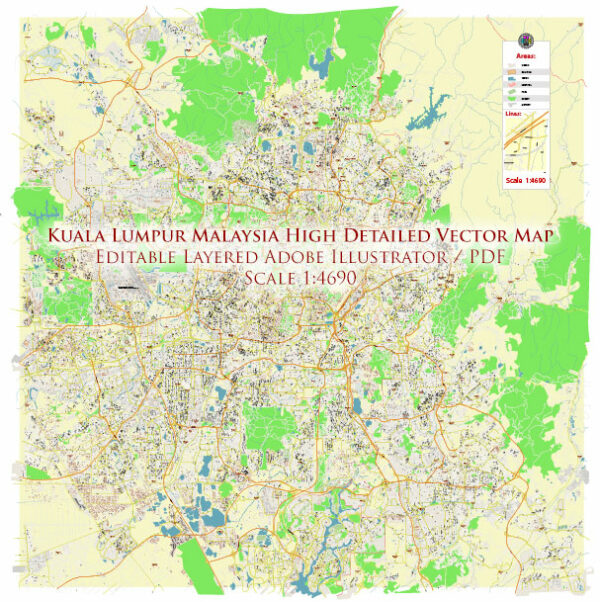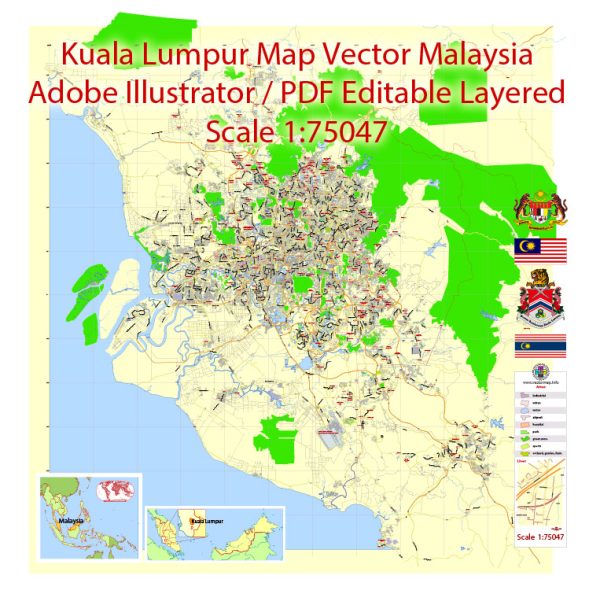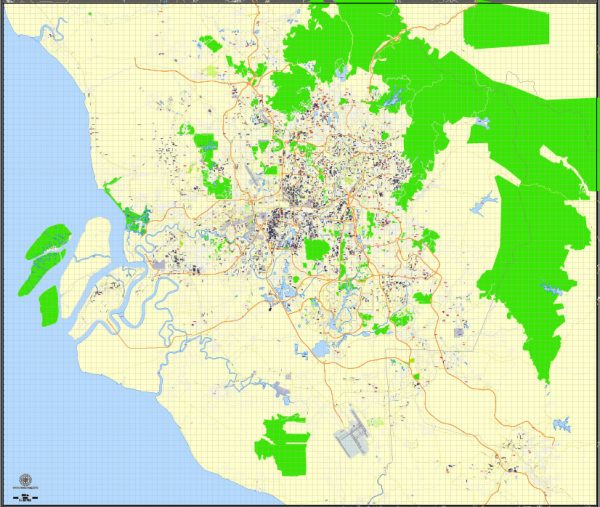Kuala Lumpur, the capital city of Malaysia, has a rich history of urban development that spans centuries. The city’s evolution from a humble tin-mining settlement to a bustling metropolis reflects Malaysia’s economic growth and cultural diversity.
- Early History: Kuala Lumpur’s history can be traced back to the 19th century when it was founded in 1857 by Chinese and Malay tin miners. The name “Kuala Lumpur” translates to “muddy confluence” in Malay, referring to the meeting point of the Klang and Gombak rivers. The city’s early development was centered around tin mining, which attracted a diverse population.
- Colonial Influence: The British colonial period significantly influenced Kuala Lumpur’s urban development. In 1880, it became the capital of Selangor, one of the Federated Malay States. The British implemented urban planning and infrastructure projects, including roads, railways, and public buildings. The city’s architecture began to reflect colonial influences, with buildings like the Sultan Abdul Samad Building and the Kuala Lumpur Railway Station.
- Post-Independence Growth: Malaysia gained independence in 1957, and Kuala Lumpur continued to grow as the nation’s political and economic center. The government’s focus on industrialization and economic development led to rapid urbanization. The city’s skyline started changing with the construction of modern buildings and infrastructure.
- Modernization and Skyscrapers: The 1980s and 1990s marked a period of significant development for Kuala Lumpur. The city embraced modern architecture, and iconic landmarks such as the Petronas Towers, completed in 1998, became symbols of Malaysia’s economic progress. These twin towers were once the tallest buildings in the world.
- Infrastructure Development: Kuala Lumpur has seen continuous investment in infrastructure, including the development of a comprehensive transportation system. The Kuala Lumpur International Airport (KLIA) was opened in 1998, further enhancing the city’s connectivity on a global scale. The introduction of the KLIA Ekspres train and the expansion of the Light Rail Transit (LRT) system have improved local transportation.
- Cultural Diversity: Kuala Lumpur’s urban landscape reflects the multicultural nature of Malaysia. Various ethnic communities, including Malays, Chinese, Indians, and indigenous groups, contribute to the city’s vibrant culture. This diversity is evident in the architecture, cuisine, and cultural events.
- Green Spaces and Sustainability: In recent years, Kuala Lumpur has also focused on creating green spaces and promoting sustainability. Parks like the Kuala Lumpur City Centre (KLCC) Park and the Lake Gardens provide residents and visitors with recreational areas. The city has also undertaken initiatives to enhance public transportation and reduce environmental impact.
- Smart City Initiatives: Kuala Lumpur has embraced smart city technologies to improve efficiency and enhance the quality of life for its residents. Initiatives include the implementation of digital systems for traffic management, waste disposal, and public services.
In summary, Kuala Lumpur’s history of urban development is a dynamic narrative that reflects the influences of its colonial past, economic aspirations, cultural diversity, and a commitment to modernization and sustainability. The city continues to evolve as a key hub in Southeast Asia, blending tradition with progress.




 Author: Kirill Shrayber, Ph.D.
Author: Kirill Shrayber, Ph.D.